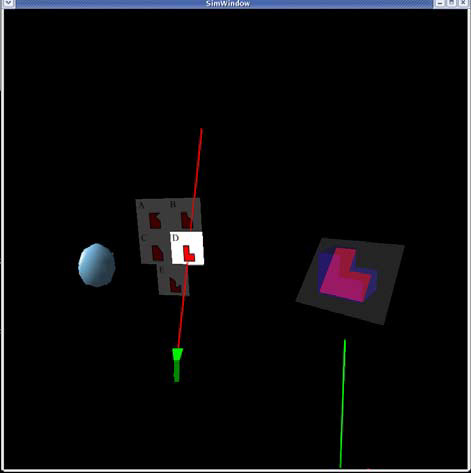“Virtual Reality-based Spatial Skills Assessment and Its Role in Computer Graphics Education” by Hartman, Connolly, Gilger, Bertoline and Heisler
Conference:
Type(s):
Title:
- Virtual Reality-based Spatial Skills Assessment and Its Role in Computer Graphics Education
Presenter(s)/Author(s):
Abstract:
One element of using contemporary computer graphics tools is the creation of accurate 3D geometry for a variety of purposes. As part of developing effective instructional experiences for students engaged in such activities, computer graphics educators must take into account a person’s spatial abilities and skills. Literature has shown these abilities are widely considered to be a significant predictor of the probability of a person’s success in computer graphics-related professions. Typical spatial skills assessments examine such abilities as mental rotations, spatial visualization, and spatial perception all of which are involved in the creation of 3D computer graphics. However, most of these assessment instruments are paper-based, and the nature of the human ability being measured is such that the paper-and-pencil format currently used has no mapping to the target construct domain – namely 3D computer graphics in the real world.
This lack of authenticity puts into serious question not only the perceived validity (face validity) of the test, but also the purposes for which test scores from the assessment instruments are put to use (construct validity). One such instrument is The Mental Cutting Test (MCT) which is commonly used to measure spatial visualization skills relative to a cutting plane passing through an object, which are critical in the use of many contemporary computer graphics tools. In an effort to minimize validity issues, the cognitive psychology and computer graphics communities have begun developing virtual reality-based versions of mental rotations instruments to examine various constructs. But a mental rotations assessment does not provide a complete coverage of a person’s spatial abilities. This paper outlines the relationship to spatial abilities and computer graphics education and a methodology for pilot testing a working prototype of a virtual reality-based version of a spatial abilities assessment instrument which uses the MCT as a model.





